Interferons And Interleukins Are Best Described As
Interferons and interleukins are best described as. Lymphokines have many roles including the attraction of other immune cells including macrophages and other lymphocytes to an infected site and their subsequent. Interferon is therefore a critical part of the immune system. The various forms of interferon are the bodys most.
Among the hosts arsenal of antimicrobial factors the type 1 interferons IFNs induce potent defense mechanisms against viruses and are key in the host-virus standoff. Interferon-αβ inhibition of interleukin 12 and interferon-γ production in vitro and. Interferons are classed as.
Essentially when confronted with a virus each cell shoots an emergency flare of interferon to tell the immune system to marshall its. Interferon was named for its ability to interfere with viral proliferation. Alpha from white cells beta from fibroblasts and gamma from lymphocytes.
There are three basic forms of interferon. They are produced by fibroblasts and monocytes. The interface between an infectious agent and its host represents the ultimate battleground for survival.
Interleukin 12 acts directly on CD4 T cells to enhance priming for interferon gamma production and diminishes interleukin 4 inhibition of. In general type I interferons are produced when the body recognizes a virus that has invaded it. The type I interferons present in humans are IFN-α IFN-β IFN-ε IFN-κ and IFN-ω.
The administration of recombinant cytokines eg interleukin-1 interleukin-6 interleukin-12 interleukin-18 tumor necrosis factor TNF and interferon-γ in animal models and for cancer. Interferons also activate other cells that serve as part of the immune system and destroy invading pathogens. The Journal of Allergy and Clinical Immunology.
Biologic therapy for cancer may be defined as the use of compounds or their derivatives that can be found within the body to treat malignancy. The unique cytokine signature of COVID-19 might provide clues to disease mechanisms and possible future therapies.
The recent era of biologic therapy began with the identification and isolation of interferon IFN1 and has been expanded with interleukin-2 IL-2 aldesleukin Proleukin the hematopoietic growth factors and the retinoids.
The unique cytokine signature of COVID-19 might provide clues to disease mechanisms and possible future therapies. Cytokine any of a group of small short-lived proteins that are released by one cell to regulate the function of another cell thereby serving as intercellular chemical messengersCytokines effect changes in cellular behaviour that are important in a number of physiological processes including reproduction growth and development and injury repair. Interferon is therefore a critical part of the immune system. Interferons are classed as. The administration of recombinant cytokines eg interleukin-1 interleukin-6 interleukin-12 interleukin-18 tumor necrosis factor TNF and interferon-γ in animal models and for cancer. A Gazzinelli R Sher A. Essentially when confronted with a virus each cell shoots an emergency flare of interferon to tell the immune system to marshall its. They are produced by fibroblasts and monocytes. Interferon-αβ inhibition of interleukin 12 and interferon-γ production in vitro and.
The recent era of biologic therapy began with the identification and isolation of interferon IFN1 and has been expanded with interleukin-2 IL-2 aldesleukin Proleukin the hematopoietic growth factors and the retinoids. Essentially when confronted with a virus each cell shoots an emergency flare of interferon to tell the immune system to marshall its. In general type I interferons are produced when the body recognizes a virus that has invaded it. We considered that cases of interferon-γ receptor deficiency STAT1 gain of function STAT3 deficiency and interleukin-12 receptor deficiency have been described as contributing to monogenic. The recent era of biologic therapy began with the identification and isolation of interferon IFN1 and has been expanded with interleukin-2 IL-2 aldesleukin Proleukin the hematopoietic growth factors and the retinoids. The Journal of Allergy and Clinical Immunology. The administration of recombinant cytokines eg interleukin-1 interleukin-6 interleukin-12 interleukin-18 tumor necrosis factor TNF and interferon-γ in animal models and for cancer.
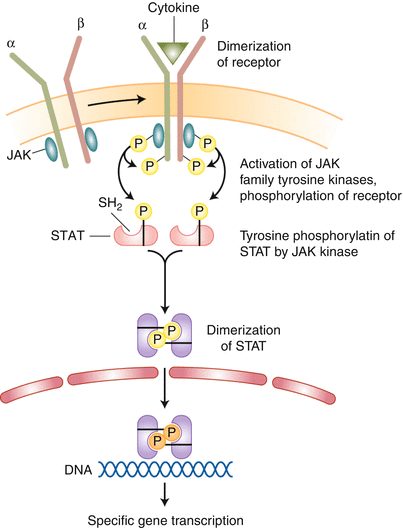
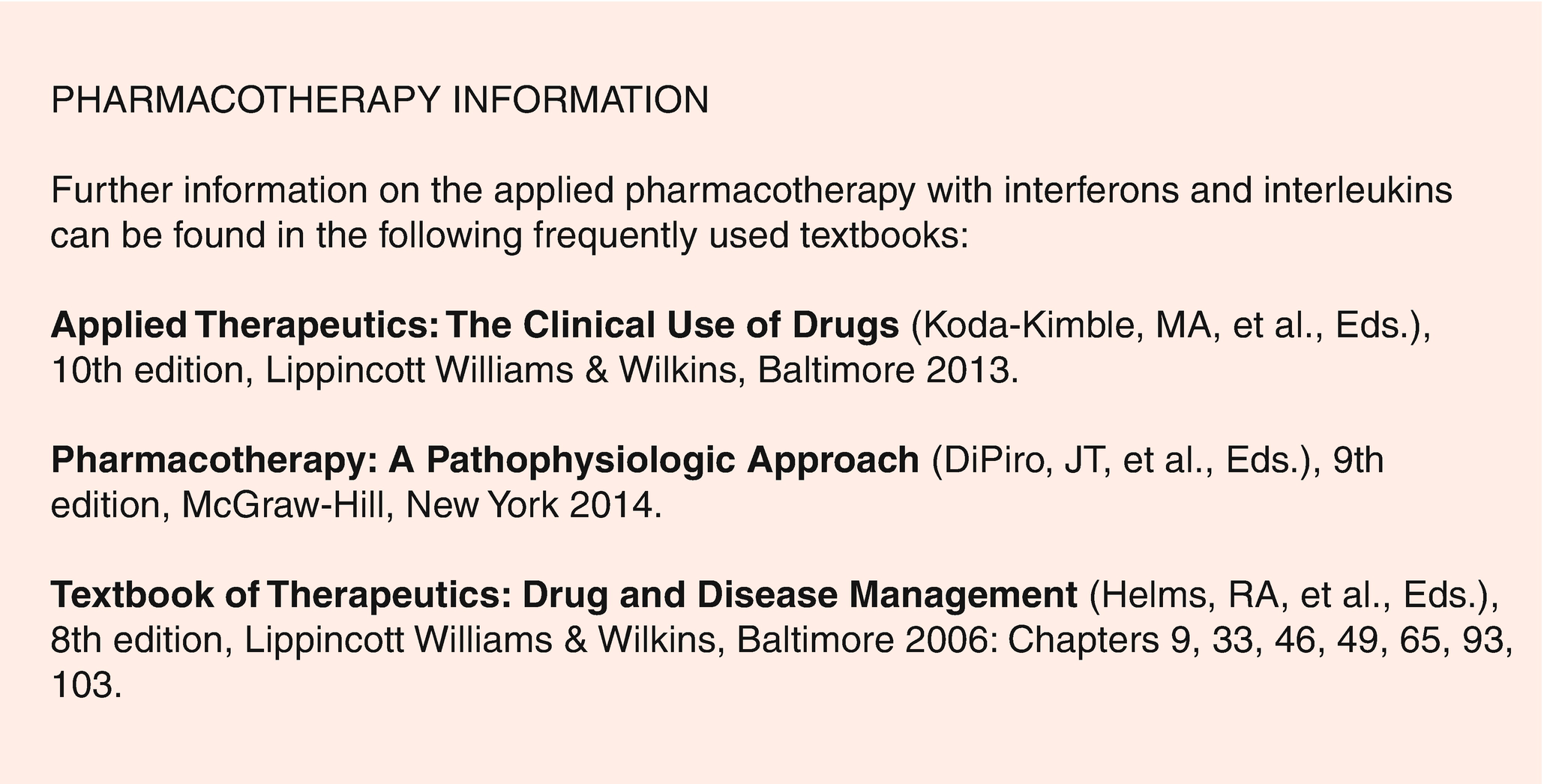
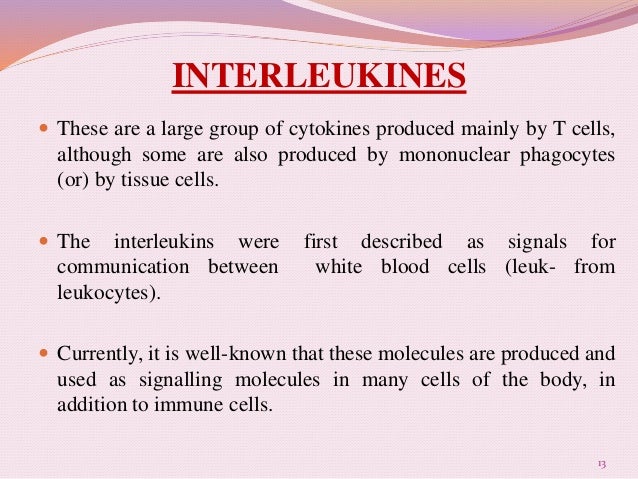
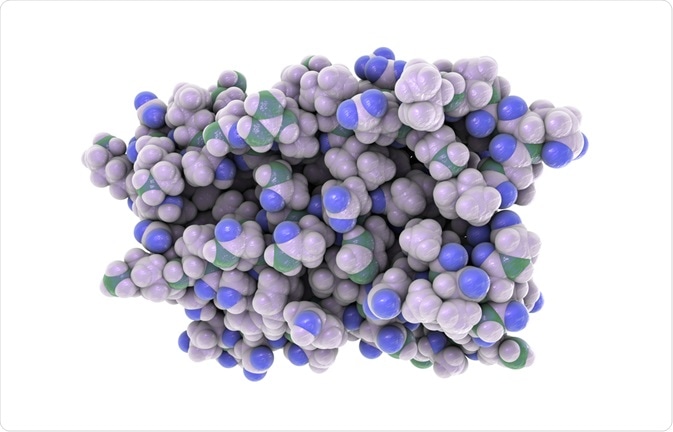

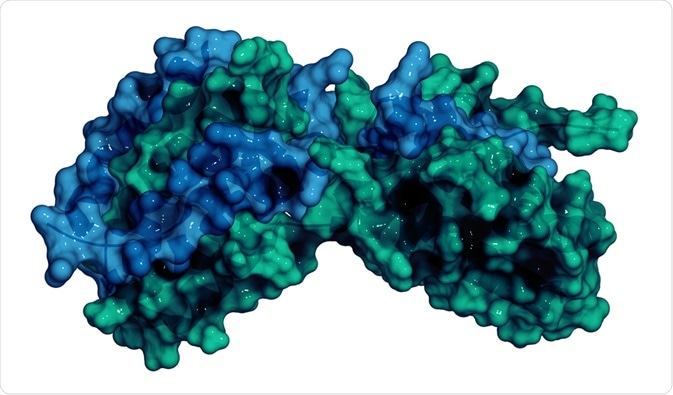

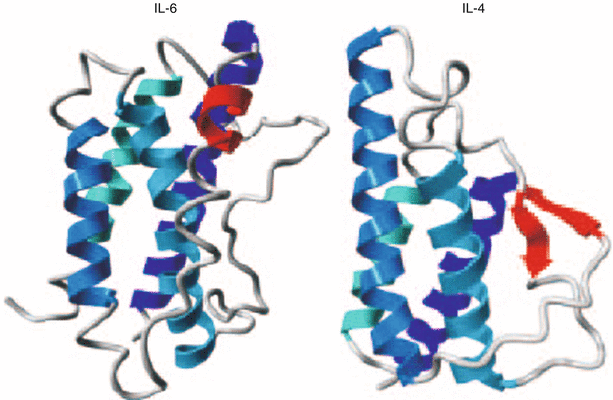

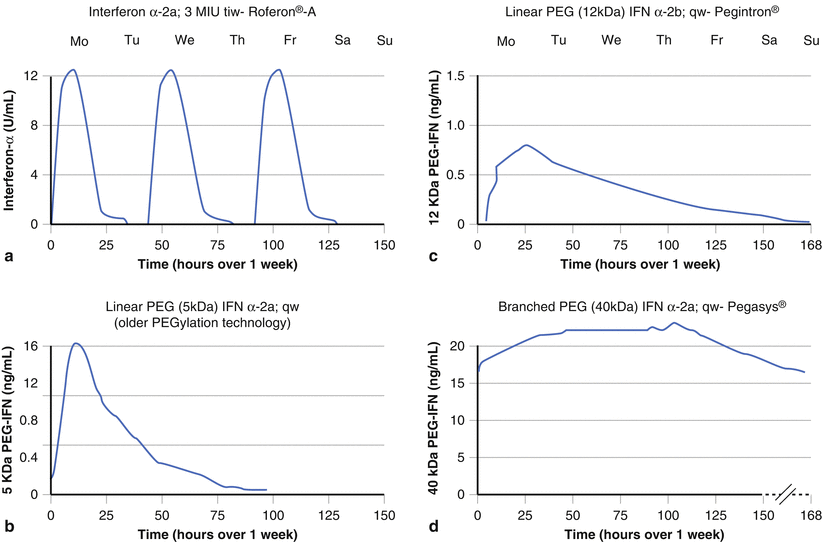


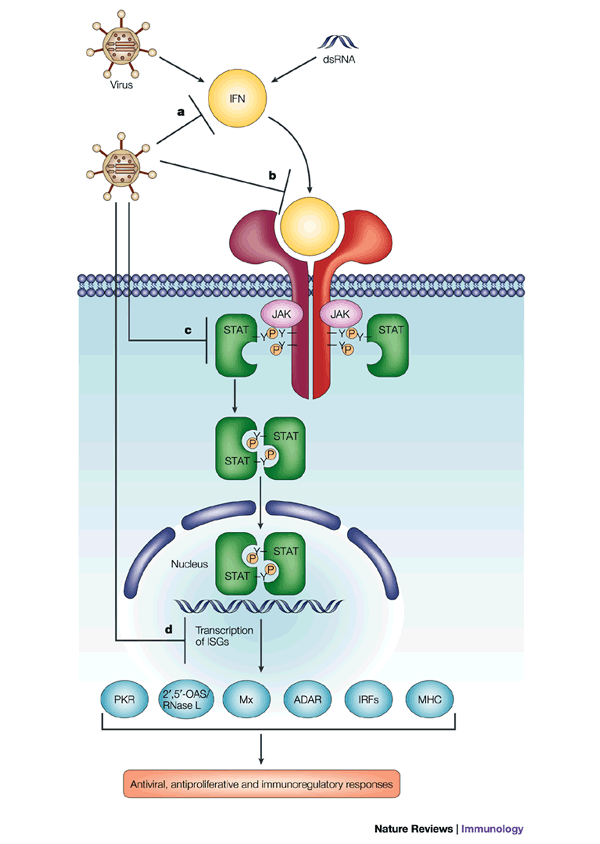
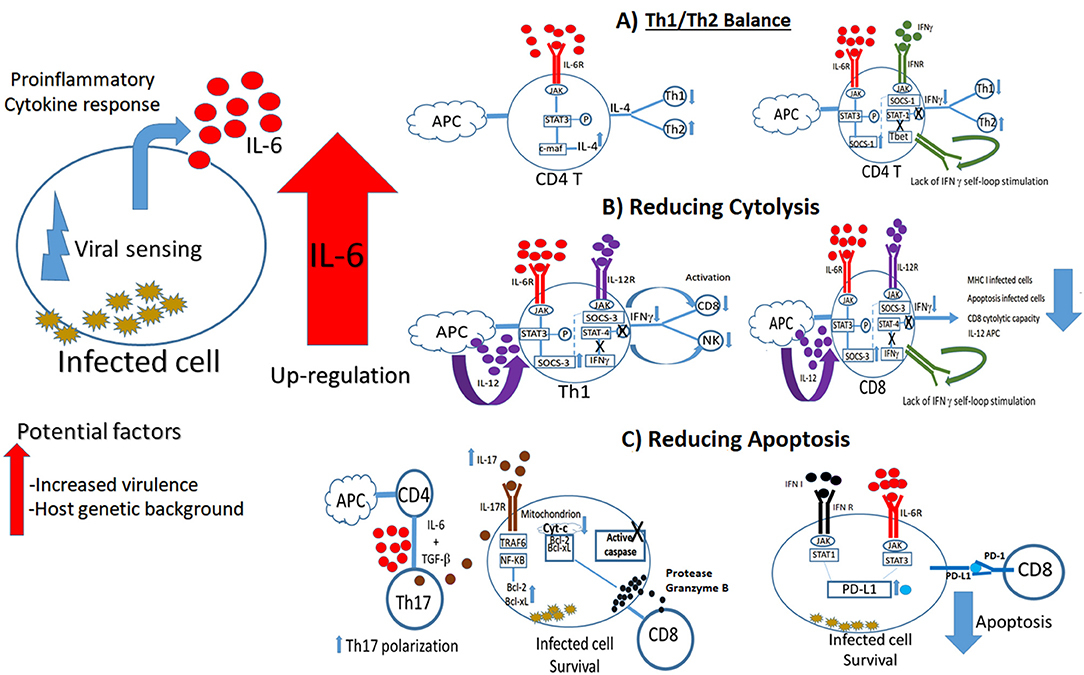

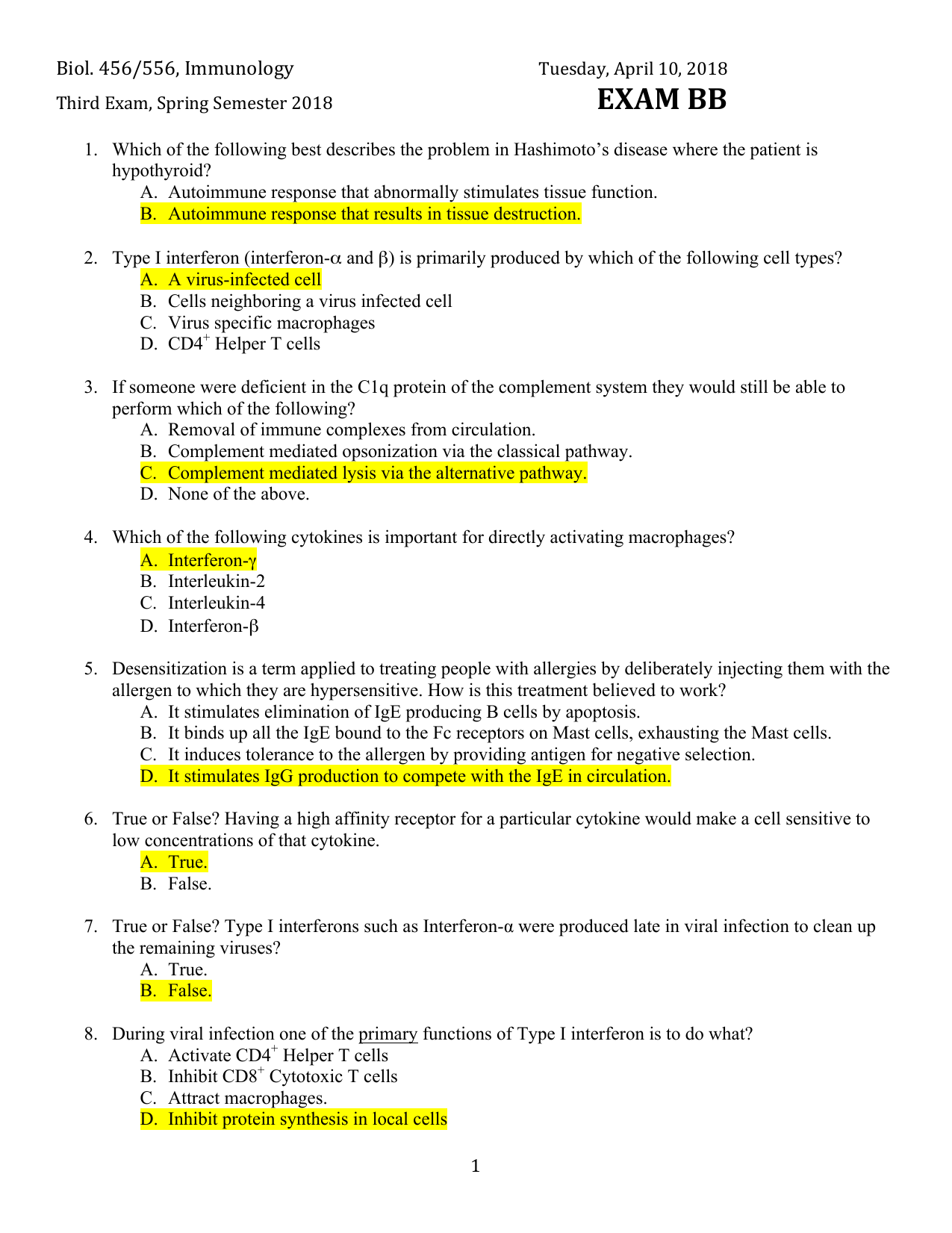
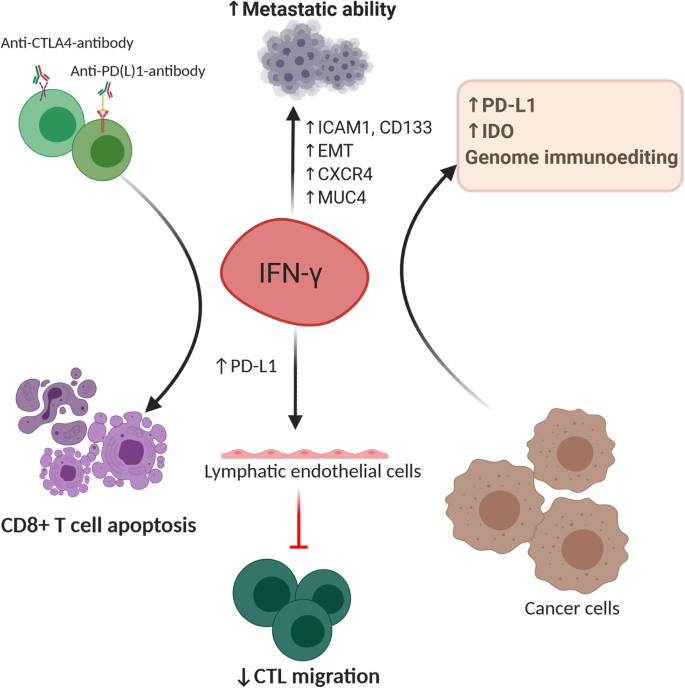

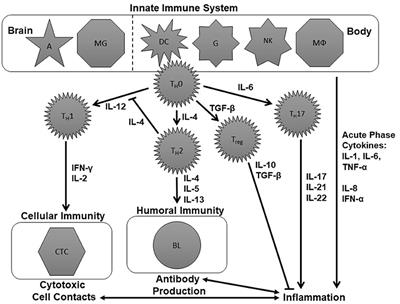
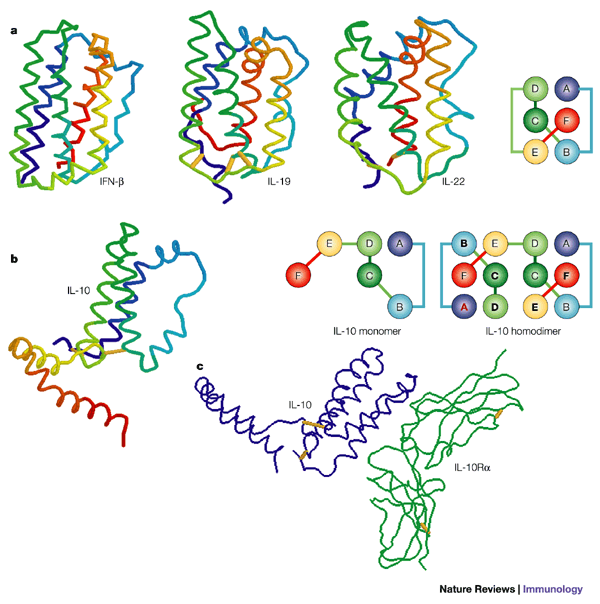

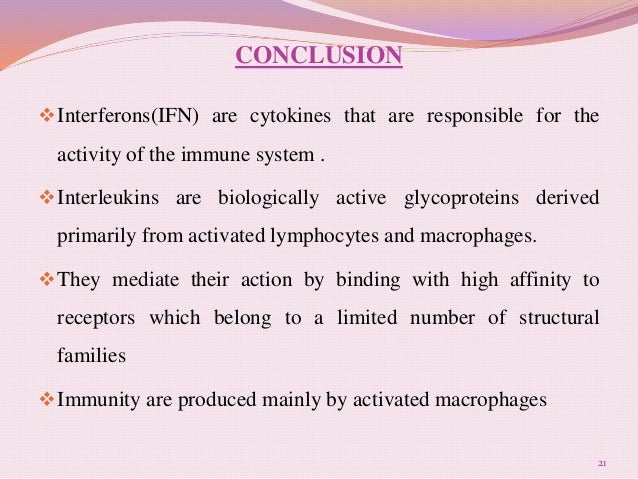
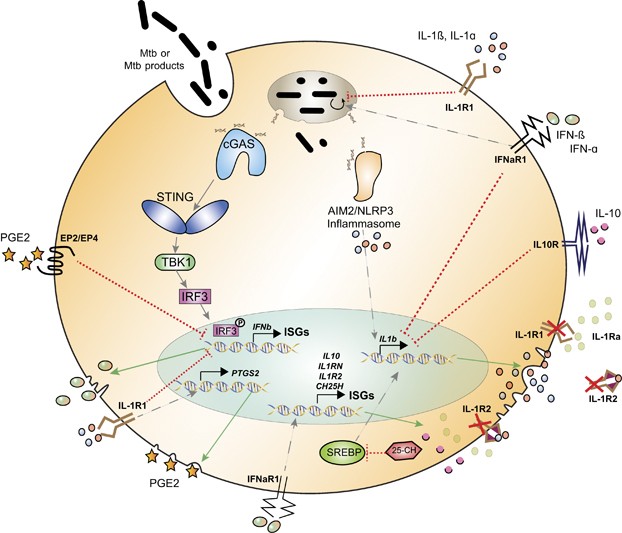


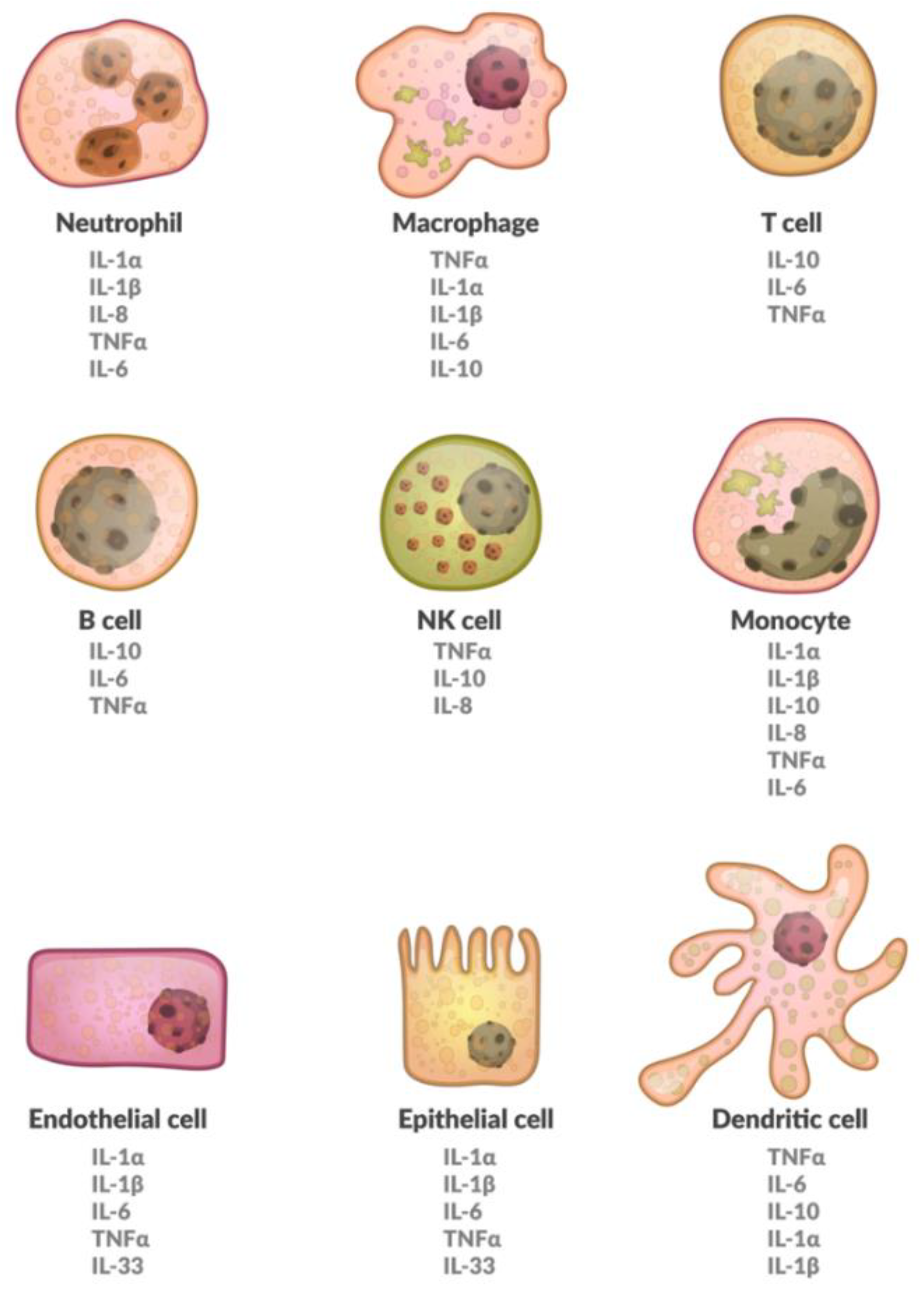

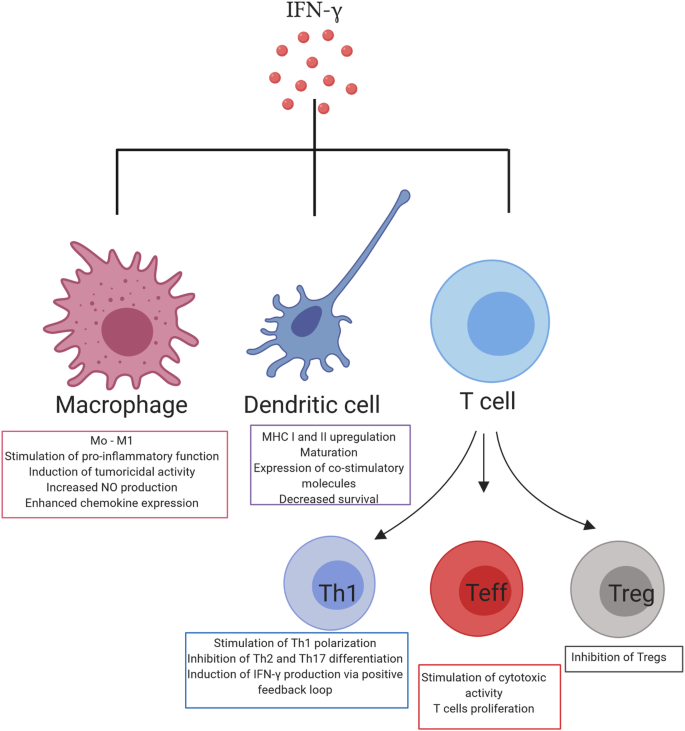











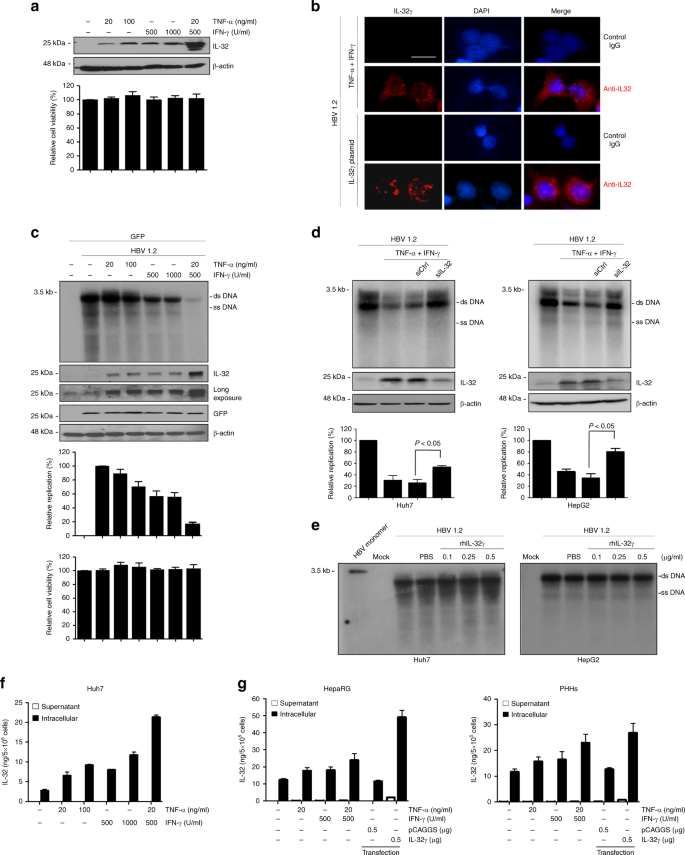



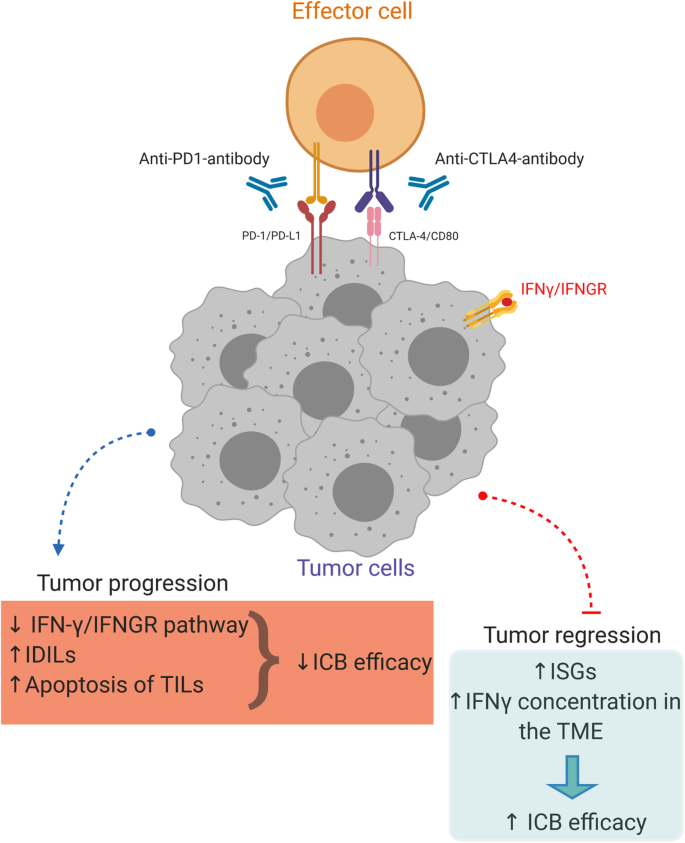

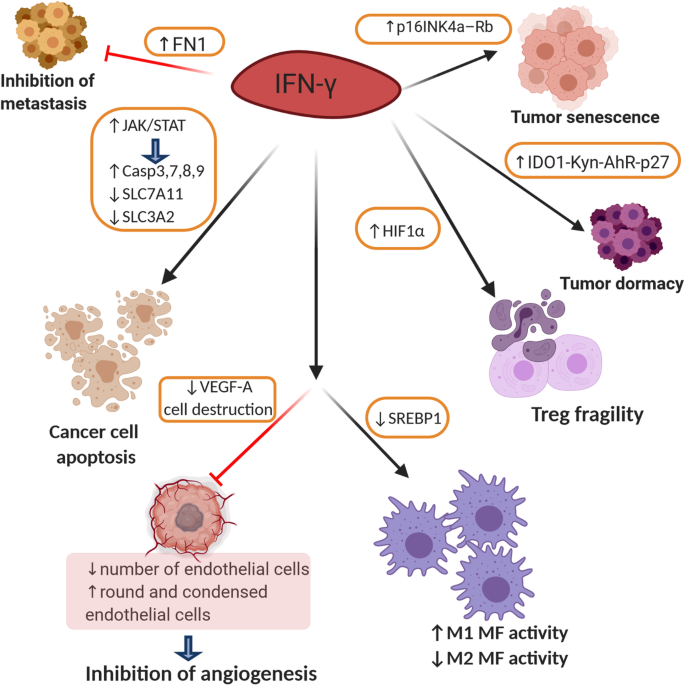
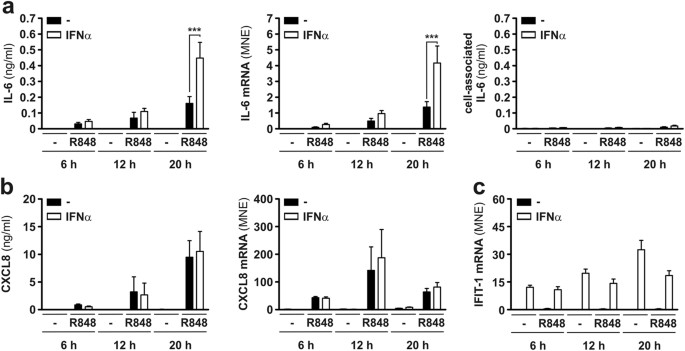


Post a Comment for "Interferons And Interleukins Are Best Described As"